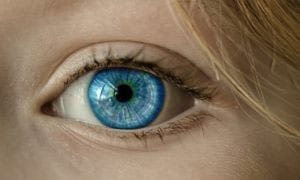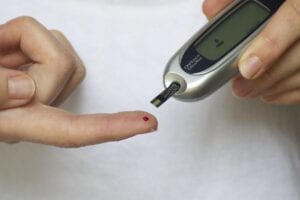According to a story from Healio, Joe Luvisi, MD, discusses how AI can be utilized to predict a patient’s response to anti-VEGF therapy in patients living with diabetic macular edema. The study involved patients that hadn’t started treatment. The researchers developed an AI model convolutional neural network to determine if they could predict treatment response in these individuals.
Anti-VEGF is the most widely employed treatment method for diabetic macular edema. With that being said, prior studies have found that around 30% of people living with the disease do not respond to the approach.
Specifically, the team hoped to identify which patients wouldn’t respond to the approach following their first treatment administration. The model was able to predict 55 of the 57 patients that responded to the treatment and eight of 16 patients that did not. Dr. Luvisi’s team found that the model was a useful tool for identifying which patients would respond to anti-VEGF treatment. Through further refinement of the model, the ultimate goal would be to harness the AI model in the clinical setting. This would allow physicians to make more informed treatment decisions.
Additional research with the model will be a necessary next step to improve its performance, specifically in identifying non-responders.
About Diabetic Macular Edema
Diabetic retinopathy, sometimes called diabetic eye disease, is a condition in which the retina sustains damage as a result of diabetes. Nearly 80 percent of patients who live with either type of diabetes are affected after 20 years. Diabetic macular edema is a complication of diabetic retinopathy and results in swelling of part of the retina. Prompt treatment can greatly reduce the risk of progression, but the condition remains a major cause of vision loss in developed countries. In the US, it accounts for 12 percent of all new blindness cases and is the leading cause for people aged 20-64. The condition may not inflict any symptoms at first, but most people eventually have blurry vision, vision loss, distorted or darkened images, and eventually blindness. While there is no cure for the disease, it can be treated very effectively; methods include injected corticosteroids/anti-VEGF agents, vitrectomy, and laser surgery. These treatments, when done early in the disease course, can prevent vision loss. To learn more about diabetic macular edema, click here.






